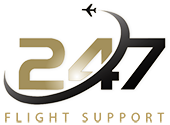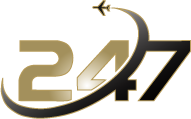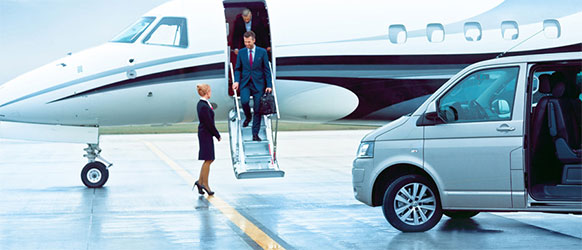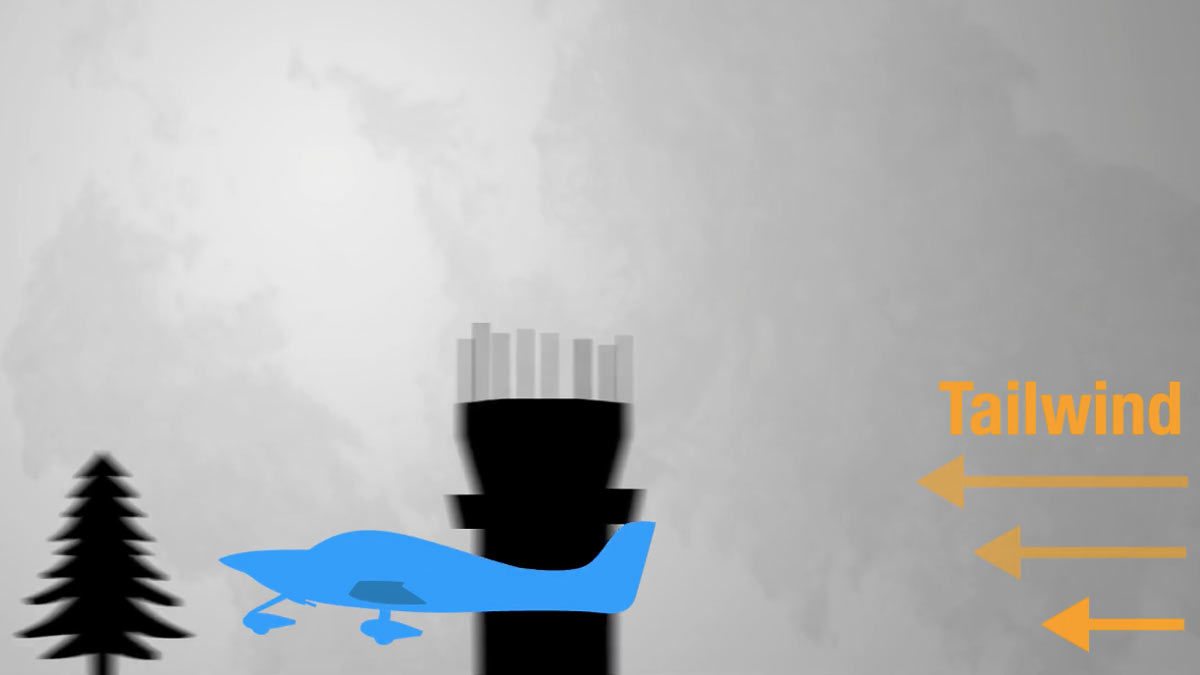FAQ ( Frequently Asked Questions) About Becoming an Airline Pilot
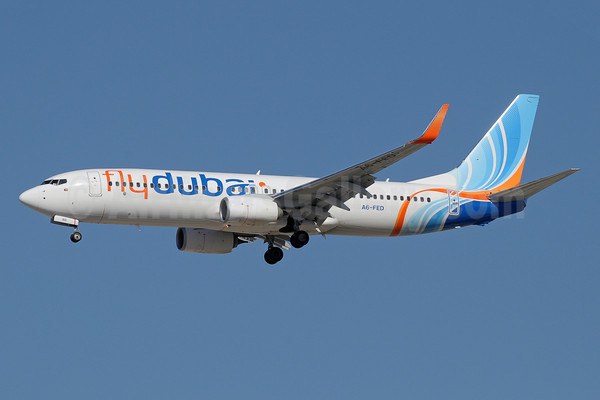
Flydubai B738 at Beirut on Mar 28th 2016, bird strike
30/03/201613 Things You Never Knew About the Boeing 737
31/03/2016How long does it take to train as a commercial pilot?
This depends on how you choose to go about your training. There are two different types of training called “integrated” and “modular”. With the integrated training, you complete all of your training in one full time, intensive course with a Flight Training Organisation (FTO). From having no flying experience, to holding a commercial airline pilots licence, it typically takes around 18 months. This would allow you to apply to airlines as a First Officer. However on acquiring your first flying job, you would need to complete a type rating before flying passengers on a large commercial aircraft. This would typically take an additional six months.
In the modular route, you complete your training at your own pace, flying when you can afford it and building your experience levels gradually. This could take you two years or five plus – it’s up to the individual.
How many hours do airline pilots work a year / month / week?
Airline pilots are limited to fly 900 hours a year. The amount of hours you actually fly will depend on which airline you join. Short haul pilots will typically fly between 700-900 hours a year where as long haul pilots would expect less than this, typically 400-750 hours a year. Cargo and business jet pilots tend to fly much less, usually between 300-400 hours a year. Pilots can work approximately a maximum of 35 hours a week and 100 hours a month.
This is completely dependant on the airline and it’s type of operation. At low cost or charter short haul airlines (such as Ryanair or easyJet), you can expect very few night stops and will typically be home most nights. At legacy short haul carriers, tours are common where you might spend 3 – 4 nights away per week. At long haul airlines like British Airways of Virgin Atlantic, the length of tours vary, but you can be away for as many as 10 days at a time on on a long tour.
How much money does an airline pilot earn per year?
It varies between airlines, your position and the size of the aircraft but typically airline pilots are well paid. Generally, the larger the aircraft you operate and the further you travel, the more you are likely paid.An airline Captain can expect to earn between £80,000 and £150,000 a year depending on experience and the airline.
An First Officer can expect to earn between £35,000 and £80,000 a year depending on experience and the airline.
What’s the difference between integrated and modular training?
Integrated training is completed through a single flight training organisation (FTO), specifically authorised to conduct such training. It is designed to take zero flying experience cadets through to holding a frozen air transport licence (the licence required to act as a co-pilot / first officer in an airline) in a period of around 18 months. All training is completed at the same training organisation on a full time basis.Modular training is obtaining the various flying licences and theory examinations at the students own pace and from various training organisations.See the “Airline Pilot Training” section for further information.
What are the respective advantages of integrated and modular training?
Integrated Training Advantages:
– Favored by various airlines such as British Airways
– Training completed on an intensive course which is respected by airlines
– Integrated flight schools have links with various airlines which may help with getting a job on completion
– Quickest way to obtain a frozen air transport licence Modular Training Advantages
– Often significantly cheaper
– Training can be conducted at the pace dictated of the individual
– The timing of training can be adjusted based on airline employment market factors
– Training can be completed alongside another job
How much does it cost to train as an airline pilot?
Depending on which route you take, you can expect to pay between £40,000 and £120,000 to train as a commercial airline pilot. There are now many airlines who now charge you for your “type rating” when they offer you a job offer which is typically an additional £20,000 – £35,000.
Am I too old to start commercial pilot training?
In short – if you’re under 65 then no you’re not too old, but the older you start your training, the more limited your employment options may be, and the less money you can expect in return over the course of your career. We have a detailed article about this topic in this section.
Should I go to University before starting professional flight training?
There is no right or wrong answer to this question, it is completely dependent on individual circumstances. For an in depth answer, see our “Academic Qualifications” section.
What is a type rating?
A type rating is a qualification to fly a specific model of aircraft. Any aircraft which has a maximum take off weight of more than 5,700 kgs or is turbine powered requires a type rating to operate it. A type rating course consists of a technical ground school course, covering the aircrafts systems and performance, and a simulator course, where you learn to fly the aircraft in normal and emergency situations for approximately 30 hours.
